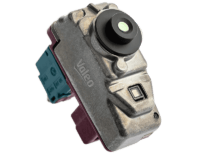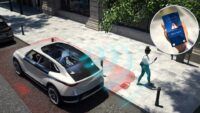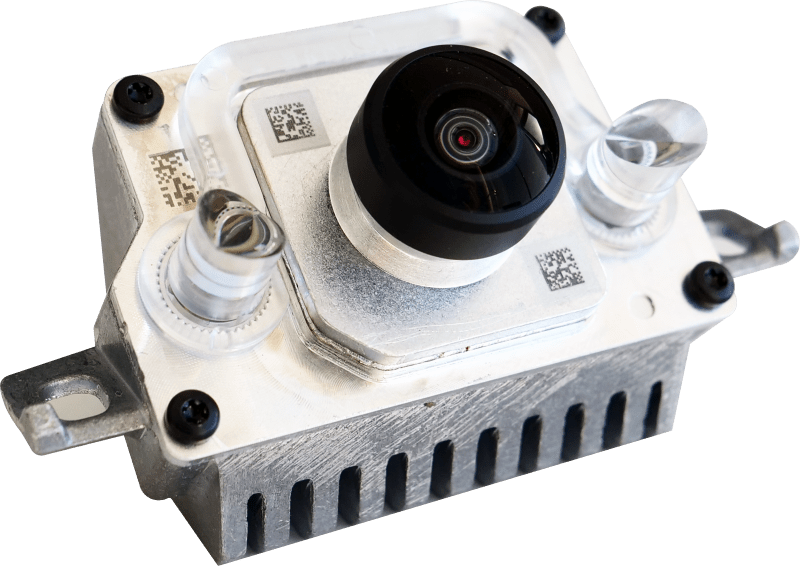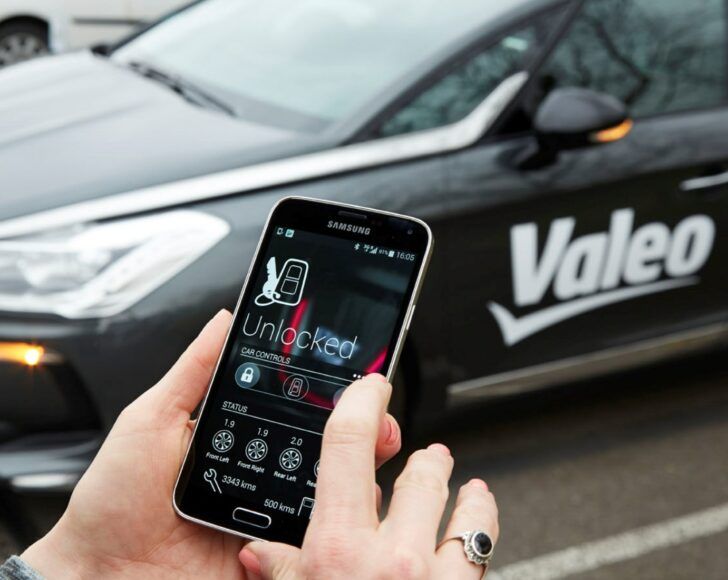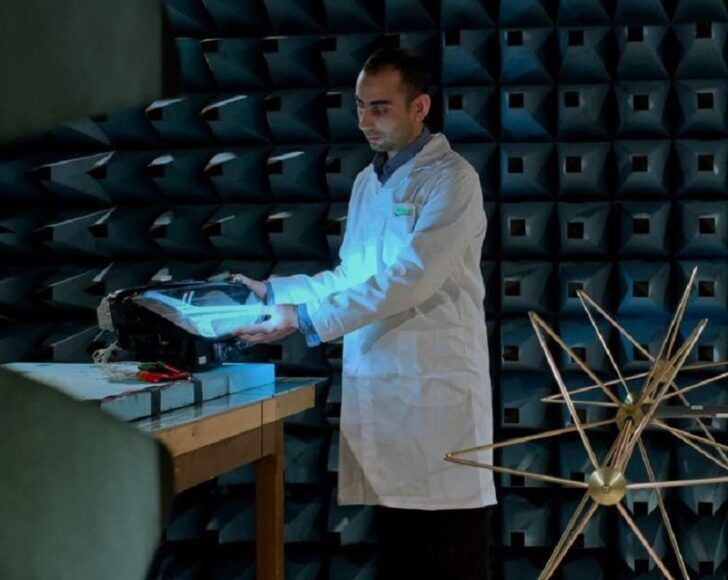Vehicle monitoring system
Interior Radar Based occupant monitoring system
Last update: 12 Jul. 2024What is an Interior Radar-based Occupant Monitoring System?
The interior radar-based occupant monitoring system represents a significant innovation in automotive safety, leveraging advanced technology to enhance passenger protection and comfort. Positioned at the top of the cabin, the interior radar utilizes sophisticated algorithms and sensors to analyze the cabin context effectively. This analysis enables the system to detect the presence of living beings in the car, including newborns and children up to six years old, ensuring their safety during travel, as well as animals.
The interior monitoring system encompasses a full value chain, incorporating AI-based algorithms, cameras, sensors, and Electronic Control Units (ECU) to deliver reliable performance. By utilizing radar-based technology, it can precisely detect human and animal presence through movement and breathing, as well as classify occupants into categories such as baby, child, or adult. This allows accurate seat belt reminders and airbag management as well.
This technology aligns with safety standards such as NCAP and legislative initiatives like the Hot Cars Act in the USA, aimed at preventing accidents and ensuring the well-being of passengers, particularly children left unattended in vehicles.
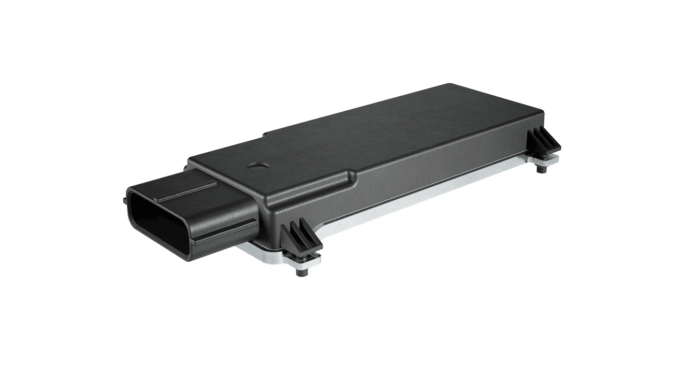
What are Interior Radar Based occupant monitoring system benefits?
- Interior radar-based reliable technology to meet European New Car Assessment Programme (NCAP), Hot Cars Act “Helping Overcome Trauma for Children Alone in Rear Seats”
- Robust solution to detect life presence even when not visible
- Can replace weight sensors in the Seat Belt Reminder function
Interior Radar Based Occupant Monitoring System specifications
- 60GHz band radar; antenna array from 2 to 4 Tx / from 3 to 4 Rx
- Covering up to two rows with one radar
- State-of-the-art computer vision algorithms for life detection based on a radar point cloud image
Unique Selling Points
- Life / Child presence detection already in mass production
- Detect presence of living beings even when not visible (e.g. a children under a blanket)
-
39
Number of in-vehicle heat-stroke fatalities per year on average in US
-
74%
Victims of heat-stroke fatalities aged 2 years & younger and is frequently sleeping
Vehicle type
- Passenger car
- Bus
- Truck
- Robot taxi
- Motorcycle
- Bike
- Droid
- Off road

